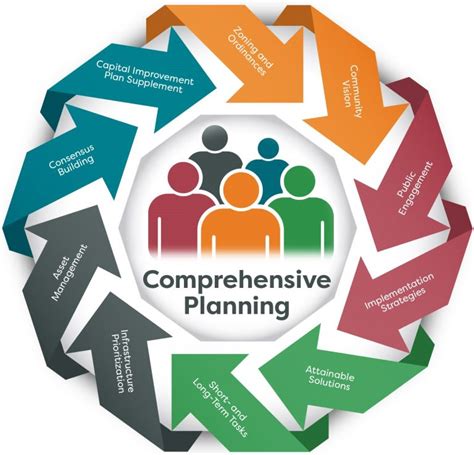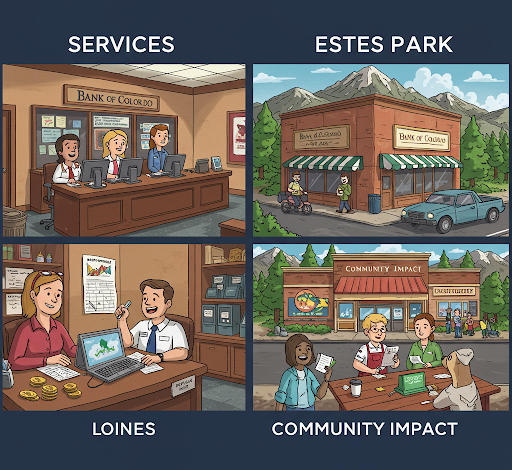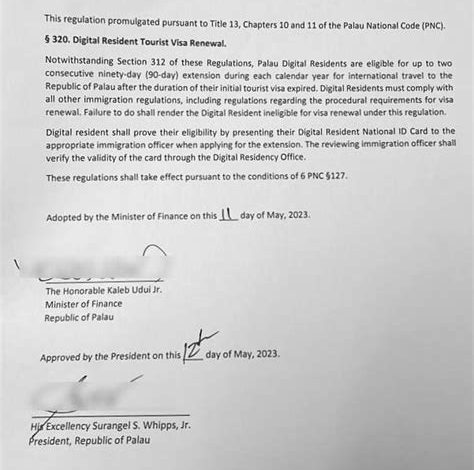Why Maintaining an Activities List Matters
Your activities list serves as a crucial record of your accomplishments, skills, and interests. It’s not just a resume booster; it also allows you:

- Track your progress: Monitor your growth and identify areas for improvement.
- Showcase your versatility: Highlight the diverse range of activities you participate in.
- Engage in self-reflection: Evaluate your priorities and identify areas where you want to make changes.
Benefits of a Well-Curated Activities List
- Increased confidence: Knowing you have a solid list of accomplishments can boost your self-esteem.
- Improved job prospects: Employers value individuals who have varied interests and experiences outside of their work life.
- Enhanced personal fulfillment: Engaging in diverse activities enriches your life and helps you discover new passions.
Common Mistakes to Avoid
When filling out your activities list, avoid:
- Overwhelming your list: Keep it concise and focused on the most relevant activities.
- Duplicating entries: List each activity only once, even if it involves multiple roles or skills.
- Underestimating the importance of details: Include specific accomplishments, dates, and quantifiable results.
- Neglecting to update your list: Regularly review and update your list to reflect your latest achievements.
How to Fill Your Activities List: A Step-by-Step Guide
1. Brainstorm Your Activities
Ideate Application: Exercise your creativity by using the acronym “IDEATE” to generate ideas:
-
Inventories:
- Check your social media, emails, and calendar for activities you’ve been involved in.
-
Discover:
- Explore new activities through online research, Meetup.com, or local community events.
-
Examine:
- Analyze your hobbies, interests, and skills to identify potential activities.
-
Apply:
- Consider activities that align with your career goals, personal values, and passions.
-
Transform:
- Look for opportunities to turn passive interests into active activities, such as joining a book club or volunteer group.
2. Categorize Your Activities
Organize your activities into logical categories, such as:
- Work Experience: Paid or volunteer positions
- Education: School, workshops, or certification programs
- Leadership Roles: Officer positions in clubs or organizations
- Community Involvement: Volunteerism, fundraising, or activism
- Hobbies and Interests: Personal pursuits, sports, or artistic activities
3. Quantify and Provide Details
For each activity, include specific accomplishments, dates, and any quantifiable results:
- Example: “Led a team of 10 volunteers in organizing a community cleanup event that collected over 500 bags of trash.”
4. Proofread and Edit
Carefully review your list for any errors in grammar, spelling, or formatting. Consider asking a friend or family member to provide additional feedback.
5. Consult Resources
Check out the following resources for inspiration and guidance:
- Resume Builder Websites: LinkedIn Profile Builder, Rezi
- Activity Databases: CareerOneStop, Careerealism
- Activity Suggestion Websites: ActivityHelper, The Bucket List Company
Useful Tables
Table 1: Sample Activities by Category
| Category | Activities |
|---|---|
| Work Experience | Internship, Project Manager, Sales Associate |
| Education | Master’s Degree in Business Administration, Certified Public Accountant |
| Leadership Roles | President of Student Government, Team Captain |
| Community Involvement | Volunteer at soup kitchen, Advocate for environmental protection |
| Hobbies and Interests | Photography, Hiking, Yoga |
Table 2: Quantifiable Results for Activities
| Activity | Quantifiable Result |
|---|---|
| Fundraising Campaign | Raised $10,000 for a local charity |
| Tutoring Program | Mentored 20 students, helping them improve their grades by an average of 15% |
| Sports Competition | Won Gold Medal in regional track and field event |
| Volunteer Work | Logged 500 hours at a hospital |
| Artistic Performance | Sold 10 paintings at a local art fair |
Table 3: Benefits of Activities
| Activity | Benefits |
|---|---|
| Volunteering | Increased social connection, Enhanced sense of purpose, Improved physical and mental health |
| Leadership Roles | Improved communication and interpersonal skills, Increased confidence, Developed time management abilities |
| Hobbies and Interests | Reduced stress, Increased creativity, Fostered personal growth |
| Sports | Improved physical fitness, Increased discipline, Promoted teamwork |
| Artistic Activities | Expressed creativity, Enhanced emotional intelligence, Developed problem-solving abilities |
Table 4: Common Mistakes to Avoid
| Mistake | Description |
|---|---|
| Duplicating Entries | Listing the same activity multiple times |
| Underestimating Details | Failing to provide specific accomplishments or quantifiable results |
| Overwhelming the List | Including too many activities, making it difficult to digest |
| Neglecting Updates | Not reviewing and updating the list regularly |
| Lack of Customization | Using a generic list without tailoring it to your specific interests and goals |











